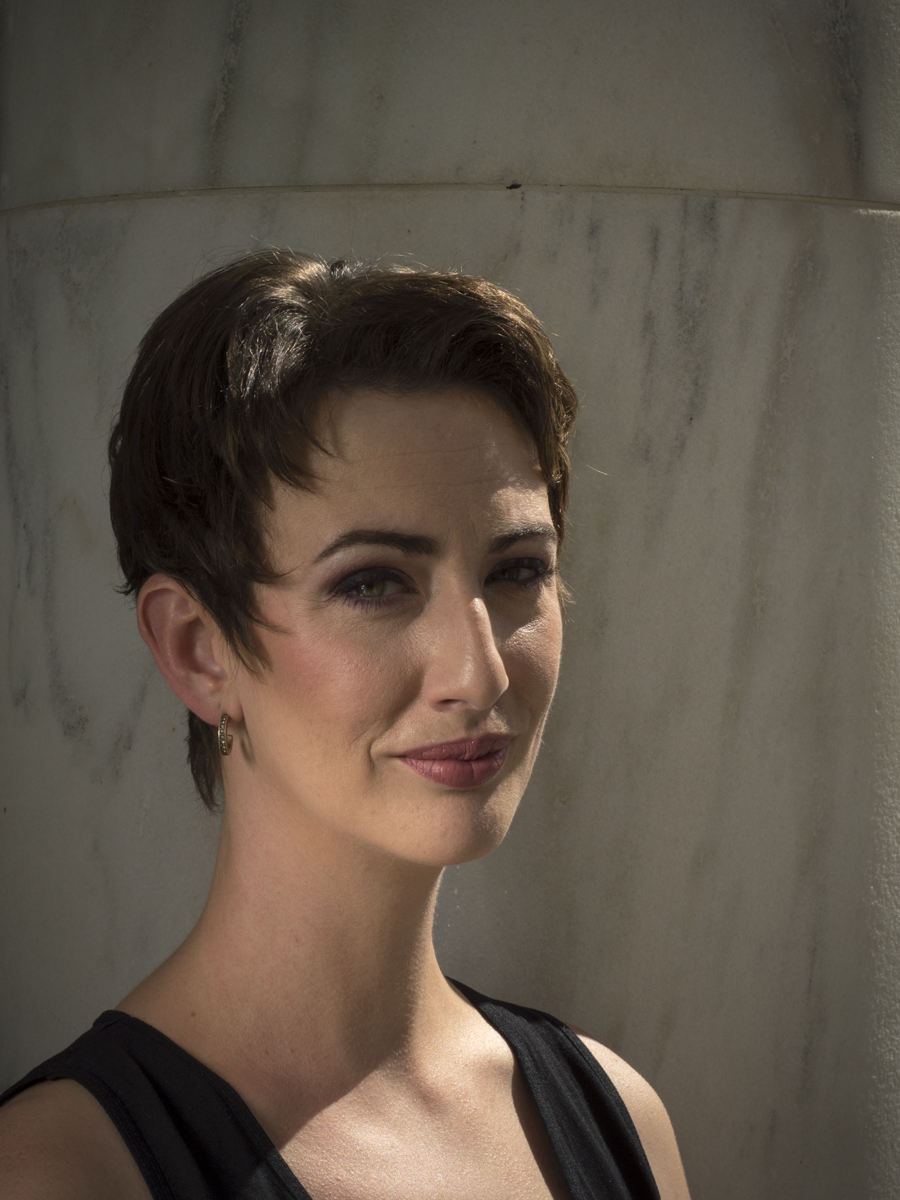The Hydromantic Histories
by Fox Frazier-Foley
a review by Susannah Nevison
Bright Hill Press
2015
88 pages
$16.00
“There are bodies and there is the void in which these bodies have their places,” writes Lucretius in De Rerum Natura. “There is nothing else.” Written a few hundred years before the birth of Christ, On the Nature of Things rightly hypothesizes that there is no divide between the heavens and earth—all is matter or void—and it’s out of this same void that Fox Frazier-Foley’s The Hydromantic Histories hurtles into being. Here, poems are bodies, fragmented and ragged assemblages, and saints are rendered of the self-same matter as humans, flawed and corporeal in their longings. Nothing is ever obliterated, simply refashioned. Poem as matter. Poem as metal. Sharp and cutting and cunning.
The collection hinges on the voice of St. Gemini, who arrives in the first poem split and reeling from her own birth, already “wanting to share myself with / wanting / to be consumed (removed) / by incision.” Here our saint sallies forth, a voice that constructs and consumes. Matter is set in motion. The forces at play in these poems, the ones that shape, destroy, and soothe, are of the natural world—water and air and sunlight. With poems that reach toward the unknowable, a tension emerges between the natural world and the unseen fissures and spaces such forces can render. As the poet says in the final lines of the collection, “we know that which / we are we are // beyond my body’s private star.” What then can a saint hold onto?
In this collection, mapmaking becomes an essential act for voices to speak to one another, to touch each other. By etching their tumultuous emotional histories onto the tangible face of earth, these saints create a physical imprint of an invisible change. In the same manner, Gemini catalogs, lists, and records—another way of fastening a voice, another kind of mapmaking. Poems such as “St. Gemini Looks at the Map St. Caduceus Drew Her One Cloudy Morning to Find Her Way Home,” “St. Gemini Sketches A Crude Map For Her Estranged, Her Worker of Metals, St. Maker, With Apology for Its Incomplete Nature,” and “A Letter From St. Gemini to St. Icarus: A Record of Dialogue Regarding Seasonal Change,” speak to the collection’s insistence on moving between ineffable experience—that which always escapes language, that which leaves no visible trace—and the desire to create a concrete record of such experience, to bend language to this task. “I needed air- / conditioned metal & histories, stubborn / earth, what it could prove: I’d writhed // beyond us to find how things were slashed / & burned.” Maps enable St. Gemini to have it both ways, to be lost in the wilderness of experience, and to diligently and precisely record the process of self-discovery.
Although the act of making and unmaking is always one of violence, it is often one of love (consider the “romantic” in “hydromantic”), and these maps, as cutting as they are, become Gemini’s path back “through the woods” towards a whole and uncompromising kind of love, that with her estranged Metal Maker, St. Maker. To be sure, a maker is also an un-maker, and the threat of that power exists in the title of the saint himself—that which has the power to make something also has the power to destroy it. And what is destruction but the ultimate rearrangement of matter? If these poems begin in a place of fragmentation, with an identity already split at birth, then they move toward a different kind of assemblage, one marked by joy: “everything born & unborn disintegrate everything save the holy pulsing / thing that blows // me open whenever I see you.” Indeed, it’s that same holy pulsing, a strange and terrifying joy, that St. Gemini finally opens herself to by the end of the collection.
 Susannah Nevison is the author of Teratology (Persea Books, 2015), winner of the Lexi Rudnitsky First Book Prize in Poetry. Her work has recently appeared in 32 Poems, Public Pool, The Rumpus, Guernica, and elsewhere. She is a 2016 Clarence Snow Fellow at the University of Utah, where she is a doctoral candidate.
Susannah Nevison is the author of Teratology (Persea Books, 2015), winner of the Lexi Rudnitsky First Book Prize in Poetry. Her work has recently appeared in 32 Poems, Public Pool, The Rumpus, Guernica, and elsewhere. She is a 2016 Clarence Snow Fellow at the University of Utah, where she is a doctoral candidate.